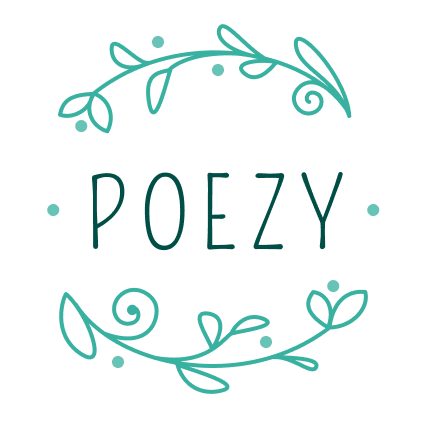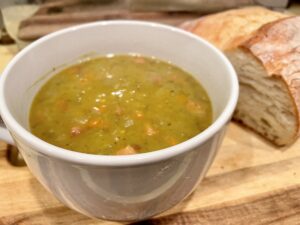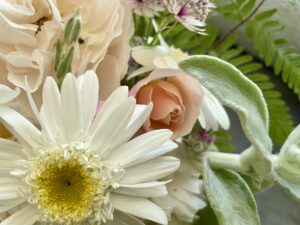Ninety-five percent of the world’s bourbon is produced in Kentucky distilleries and it’s production is rooted deeply in Kentucky heritage, so I convinced Susanne to try some with me at Shaker Village. We tried a Woodford Reserve I’d heard good things about along with a slice of homemade lemon pie.
I captured some very expressive snapshots of Susanne’s first reaction (he he).
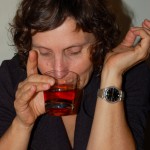


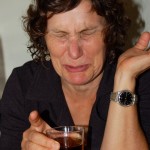
Don’t let the photos mislead you, it did seem to grow on her. I think it just took her by surprise. The experience comes in waves; the sweet aroma, giving hints of caramel or stewed cherries, the mild smoky flavor apparent as it pools in the mouth, the shock of fire when it glides down the throat and then a slow building warmth from the inside of the body moments after it’s swallowed. It’s an intriguing experience and I quite like Woodford Reserve. Though not something I would have regularly, I may enjoy it on occasion.
Lemon pie and bourbon, incidentally, are perfect compliments to each other. This lemon pie, I was told, is a specialty of Shaker Inn made on the premises and I highly recommend it. It had pungent nips of lemon from bits of lemon rind in the sweet tender filling, delicious.
After our treat, we ambled down the broad path under the trees to our building in the dimming light, engulfed by the ceaseless thrum of secedes and crickets. As we approached our building, we were delighted to catch sight of a myriad blinking fireflies. I haven’t seen fireflies since I was a girl on a family visit to my grandmother’s home in Alabama. They don’t show in my photos, but you might be able to imagine them.

If you’re interested, I’ve gathered some intriguing facts about bourbon (find source links below). Enjoy!
- Bourbon was officially crowned America’s native spirit in 1964
- Bourbon must be made from at least 51% corn, aged in new charred oak barrels, begin barrel-aging at no more than 125 proof, and be bottled between 80 and 160 proof to be labeled bourbon.
- No additives are allowed (only water to reduce proof where desired).
- There is no minimum age statement. If aged at least 2 years, it can be called “straight bourbon.” If aged less than 4 years, it must carry an age statement on the bottle.
- All bourbon is whiskey, but not all whiskey is bourbon.
- Whiskey comes off the still clear and is entered into barrels. The char inside the barrel, climate, and aging time are a few of the variables that contribute to unique characteristics of bourbon.
- The word whisky comes from the gaelic word, “uisgebeatha” (many different spellings) which means “water of life.”
- When aged in the barrel, or “sleeping,” bourbon loses some volume to evaporation every year, which is referred to as the “angel’s share.”
- Some believe the most expensive and oldest (some over 20 years) whiskeys will taste the best. This is not true. Many bourbon experts say whiskey hits its “peak” at 6 to 10 years (depending on who you ask).
- Bourbon’s origins aren’t well documented, but popular legend credits the first batch to Baptist preacher Elijah Craig. Ever thrifty, Craig supposedly re-used an old barrel to age some home-made corn hooch and sanitized it by charring—giving it a unique color and flavor. More likely, bourbon has no one creator. Corn whiskey was distilled in Kentucky before Craig arrived from Virginia, and aging in charred barrels is also documented decades earlier as a means of dealing with “sap blisters” in the wood that could alter the whiskey’s flavor.
Sources:
http://www.thrillist.com/drink/nation/15-things-you-didn-t-know-about-bourbon
http://www.seattlewhiskeycollective.com/blog/2014/4/21/10-things-you-should-know-about-bourbon-and-rye-whiskey
